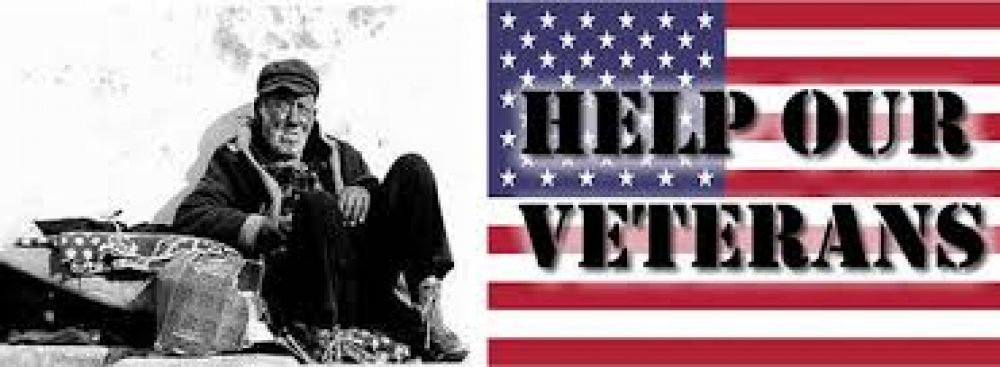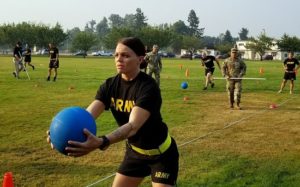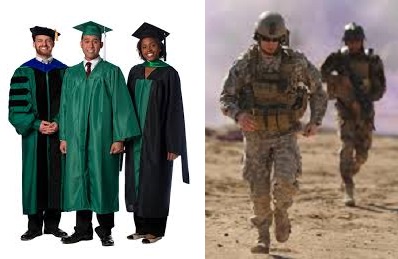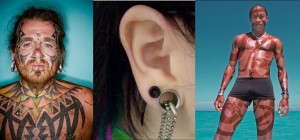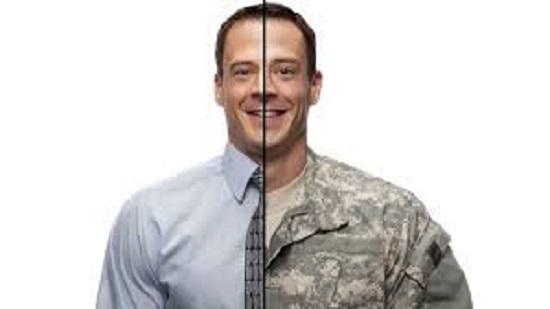
U.S. servicemen and servicewomen often face conditions when they return from their service that are worse in many respects than during their service. Even though they may have endured life-threatening combat and great discomforts, they were fed and clothed and sheltered (to some extent) by the military establishment. But when they leave the military they often are on their own, and often suffer from mental ilness, homelessness, alcohol/drug abuse, and other woes. Fortunately, there are a number of initiatives started, or supported, by well-meaning people that can help these veterans in their new civilian lives. One example is super-star country-western singer Tim McGraw, who is an ambassador for Operation Homefront, which has a long list of very basic current needs such as housing, utilities, food, and car. If things are so bad that they are barely surviving, it’s little wonder that a survey by the Disabled American Veterans charity released on November 10 found that just 44 percent of veterans report they have received the health, disability, financial and education benefits they were promised and only 18 percent believe disabled veterans have received the benefits they were promised. So they have to scramble to find jobs. But many veterans have found that the natures of the military environment and the commercial one are so different that many of them end up being entrepreneurs by necessity; according to the U.S. Small Business Administration, veterans are 45% more likely to be self-employed than people with no military service. One new nonprofit organization that is trying to help them become entrepreneurs is Patriot Boot Camp, a series of three-day workshops intended to give veterans some basic training to get started. And there are some notable exceptions among big organizations, e.g., Bank of America, which supports the U.S. military through contributions to military-focused charitable organizations, differentiated banking services for military servicemembers (especially through the federal Servicemembers Civil Relief Act (SCRA)), and a commitment to hiring military veterans.
